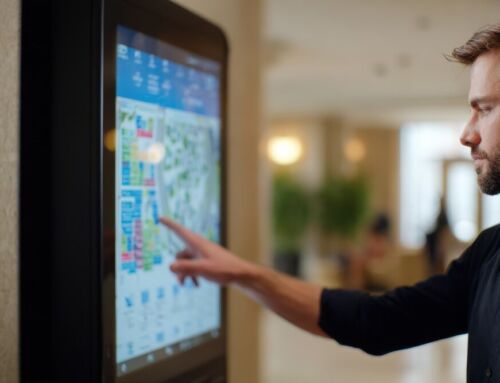As much as we live in a world that enthusiastically embraces innovation in practically every area of our lives these days, there’s a streak in us that loves a good dose of controversy to accompany the new-fangled.
If you’ve come across the term ‘dynamic pricing’ in mainstream media over the past year or two, there’s a good chance it’s been in the context of some suitably sensationalist news reporting. There were the (apparently unfounded) allegations that Oasis fans were being ‘ripped off’ for reunion tour tickets as the main vendor kept pushing up prices as demand soared. FIFA’s admission that it is considering doing exactly this for World Cup 2026 tickets has sparked a backlash, although it means that bargains will be available for games that don’t sell out.
And that’s the rub when it comes to dynamic pricing. As this Financial Times article puts it perfectly, people are all for prices going up and down when it comes to the down part. But they hate it when they go up.
The cost of anything is never static. Prices go up and down, and the fluctuations are and always will be driven by demand. This is the principle behind dynamic pricing – the more people want something, prices go up. When demand drops, they go down. All dynamic pricing does is change the timescales. Instead of prices fluctuating over weeks and months, real-time demand tracking can now adjust prices hour by hour (or even more regularly than that) to maintain an optimum balance of sales volumes versus margins.
It’s this that people are struggling to adjust to. The idea that, had they been five minutes earlier rather than five weeks, they’d have got a better deal. Annoying, sure. But fundamentally just a function of how markets work.
Tracking demand on-premise
To date, dynamic pricing has largely been limited to ticket sales, not just for events like major concerts and football tournaments, but for things like airline flights, too (ever set a tracker to follow ups and downs of an airfare? That’s dynamic pricing).
But there are signs that dynamic pricing is starting to extend into the world of tangible goods. And kiosks may have a significant role to play.
In Japan, there are now salad vending kiosks which use AI to analyse footfall, and adjust prices according to sales predictions. The idea isn’t just to maximize profits when demand is high. By tracking predicted sales volumes against expiry dates on the food inside the machine, the kiosk can drop prices in an attempt to minimise waste. The same way supermarkets discount perishables on the day they go out of date.
Kiosks are well placed to gather the sort of data required to make dynamic pricing in stores feasible. Like websites (and unlike traditional POS checkouts), people might use a kiosk to look up information about products without necessarily making a purchase. This allows levels of interest to be correlated against actual purchases, and these patterns can then be used to forecast demand and inform pricing decisions. In addition, kiosks fitted with cameras can be used to measure footfall and throw that data into the mix by calculating conversion rates.
The dynamics of customer sentiment
Kiosks are also well placed to gauge customer reactions to price fluctuations. As we’ve already established, everyone loves it when prices drop, it’s the increases that businesses have to be careful about. Yes, when demand is high, it’s tempting to think, I could be cashing in here. But people are very sensitive to any hint of ‘profiteering’. It doesn’t take much of a hike to undermine trust and see demand plummet as a result.
Real-time feedback about whether customers will tolerate small, incremental price increases is critical to avoiding this outcome. Kiosks can deliver this in the form of interactive surveys to canvas views on pricing, or else they can offer additional personalised incentives to smooth and increase over. Kiosks with cameras can even use sentiment analysis AI to ‘read’ reactions in people’s faces, and make adjustments if they feel a price change isn’t going to go down too well!
In the short term, dynamic pricing will no doubt continue to attract controversy purely because it goes against people’s expectations around the timescales involved in price fluctuations. But familiarity grows quickly, and people will no doubt learn just as quickly how to make dynamic pricing work to their advantage. Kiosks can play a role on both of these fronts.




